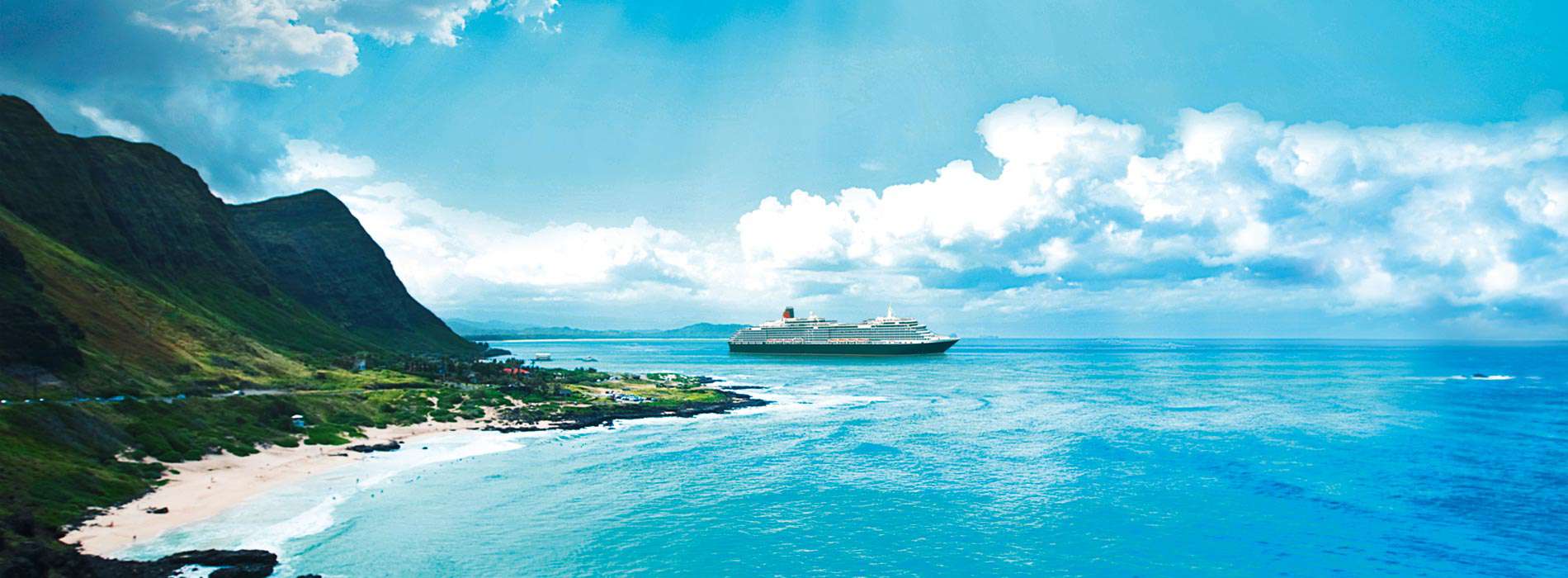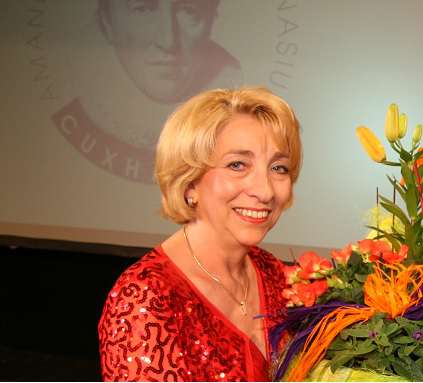Kobe, Kyoto and Kagoshima
已發表: 16.03.2017
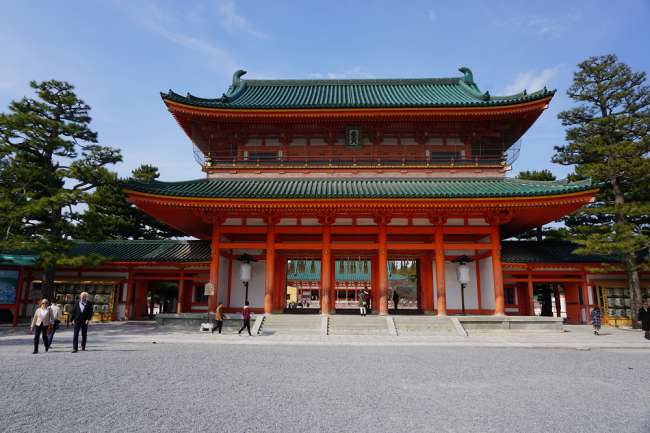
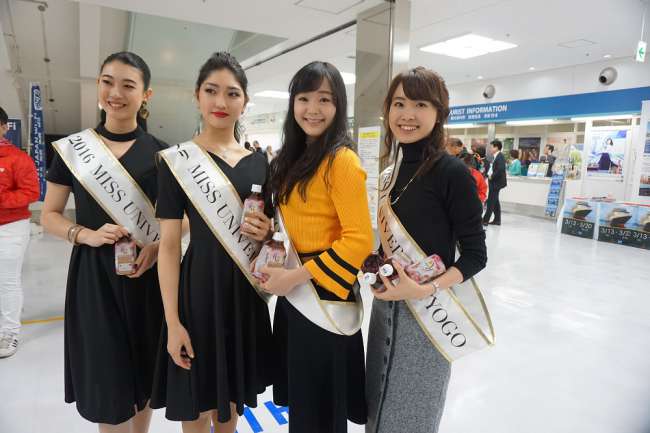
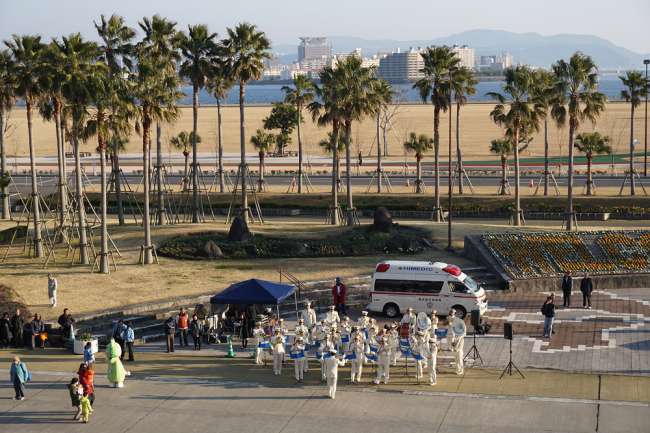
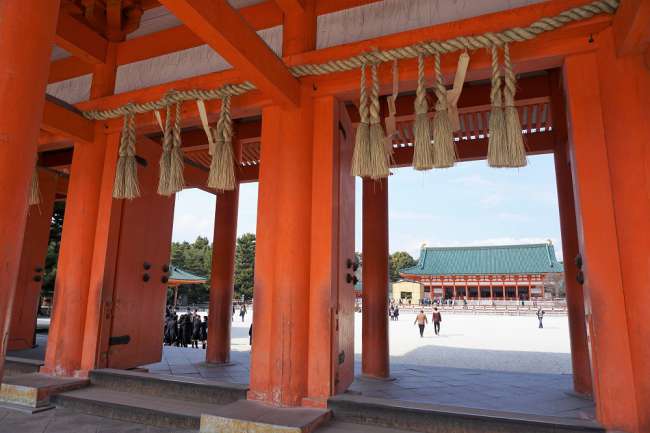
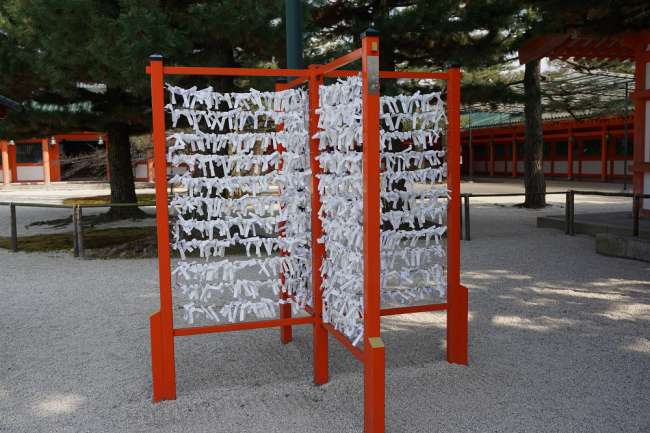
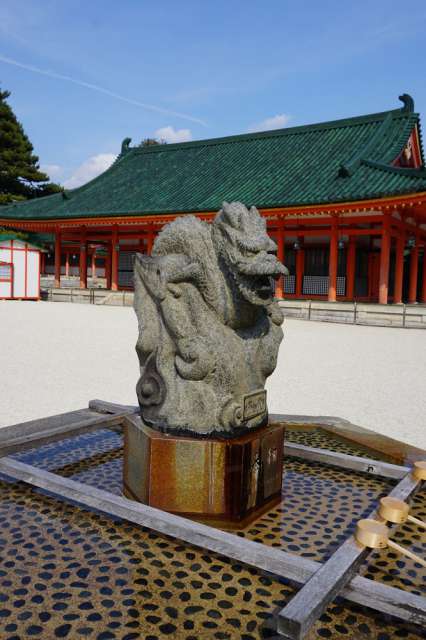
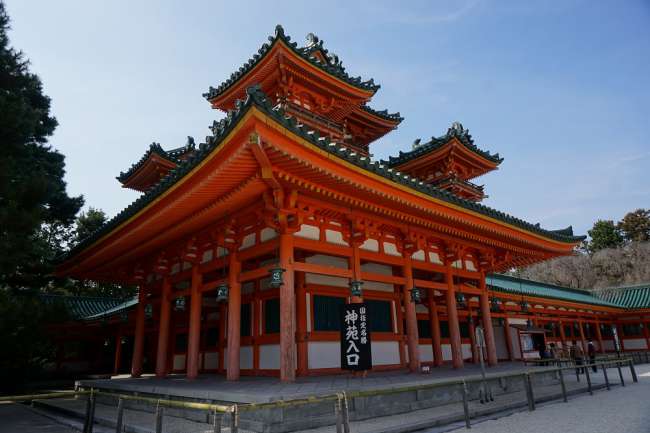
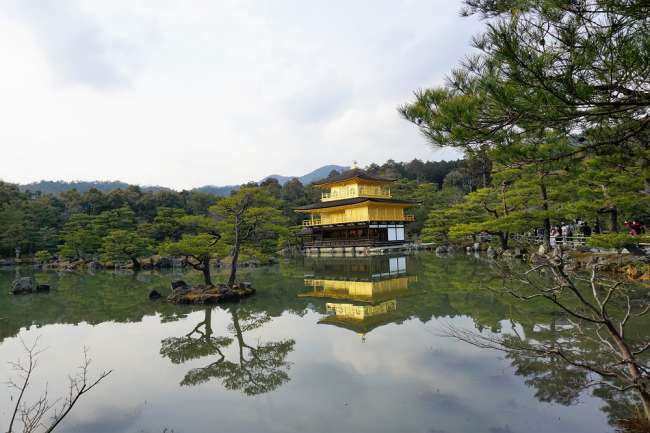
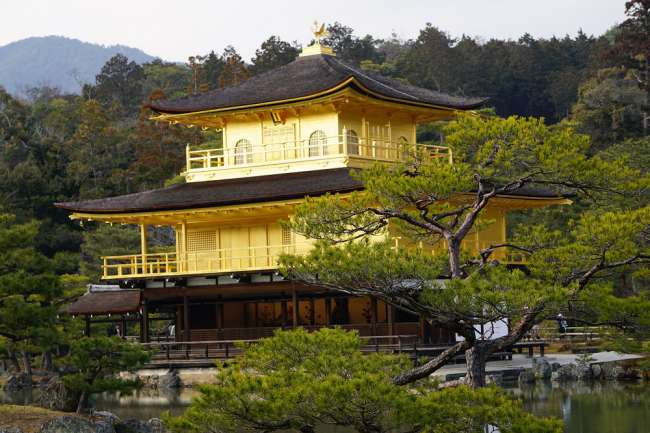
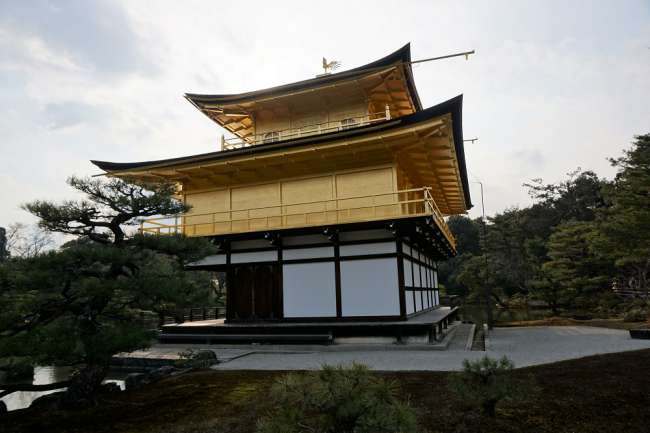
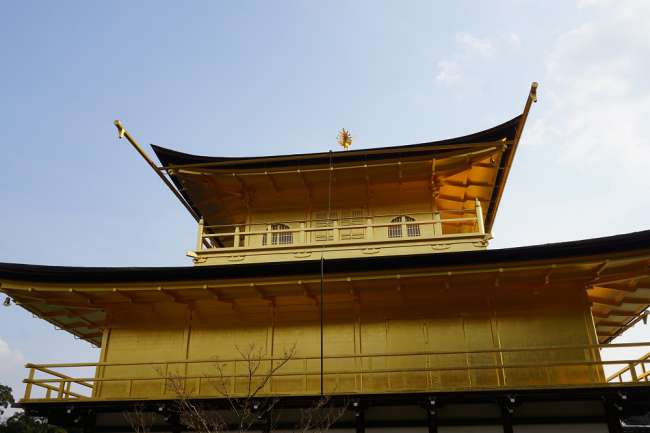
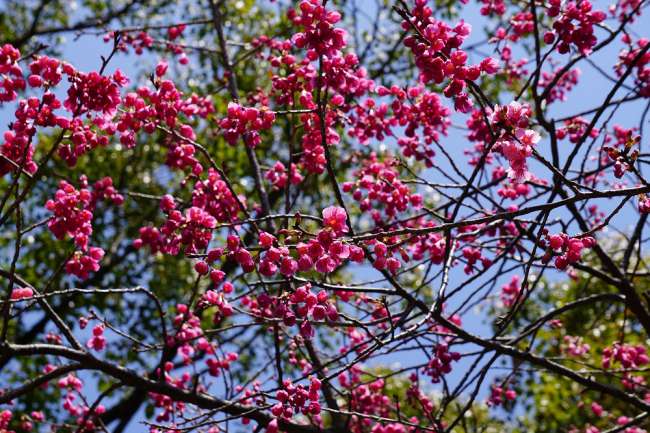
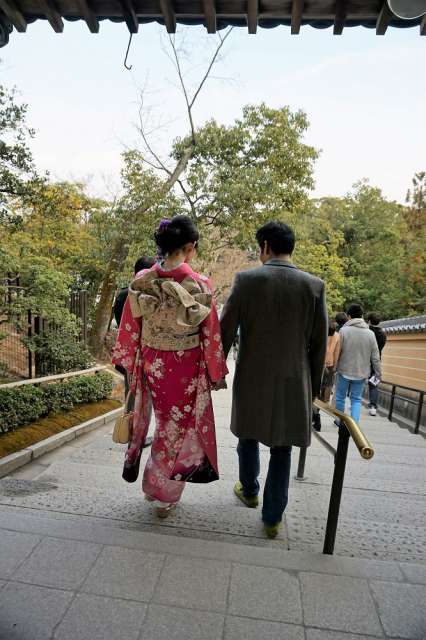
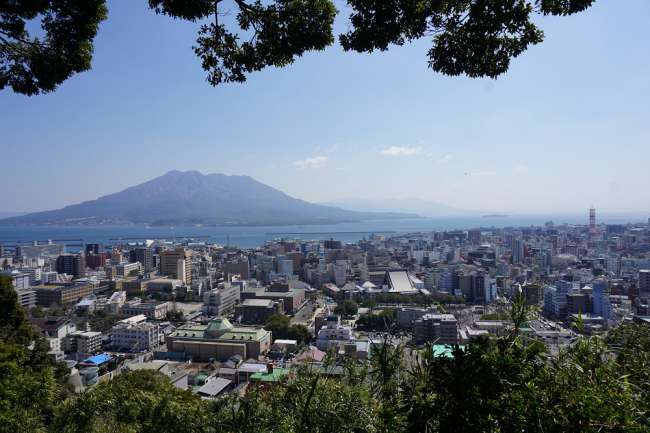
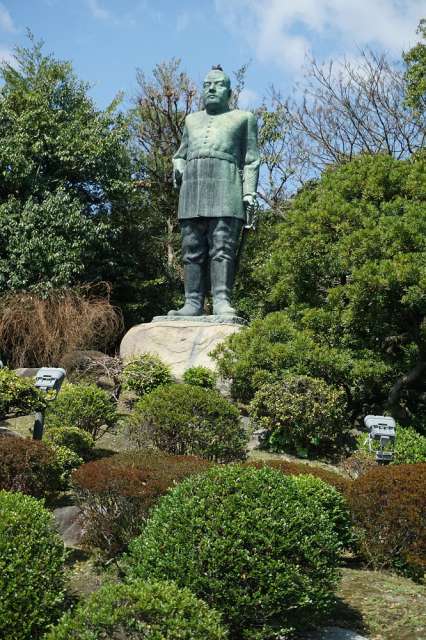
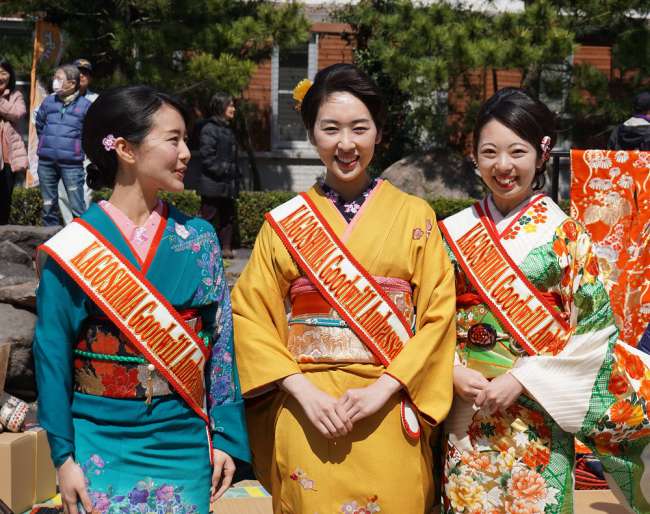
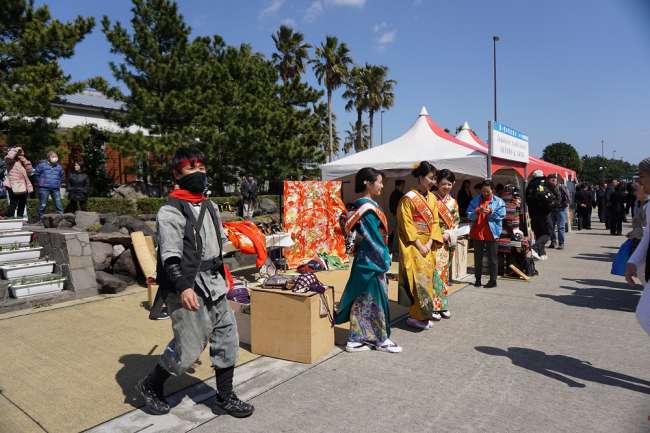
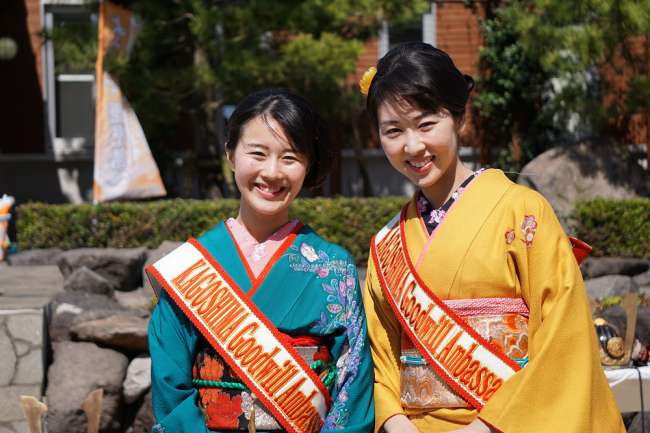
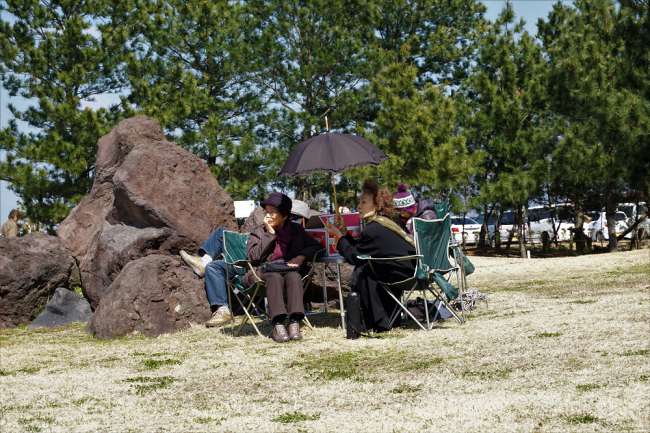
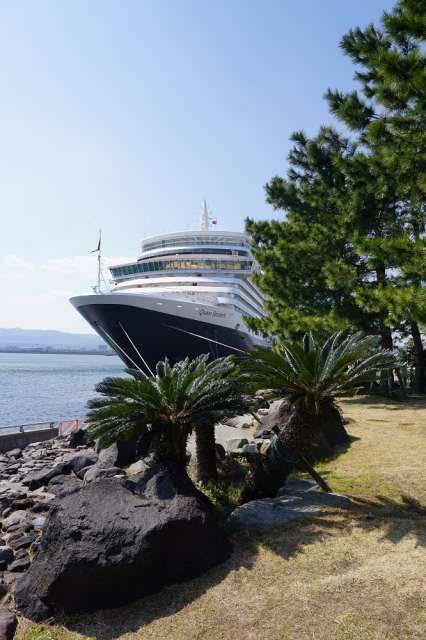
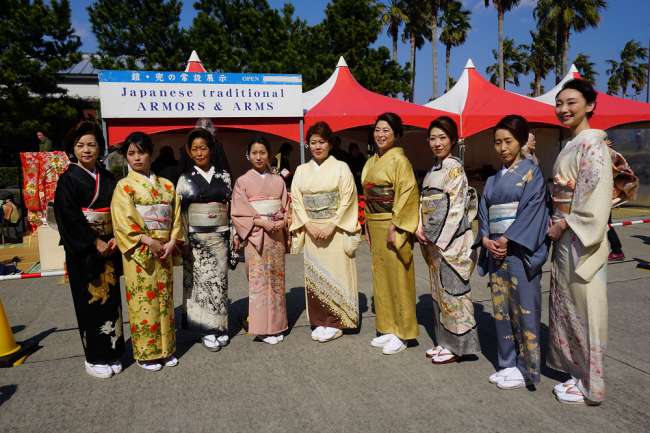
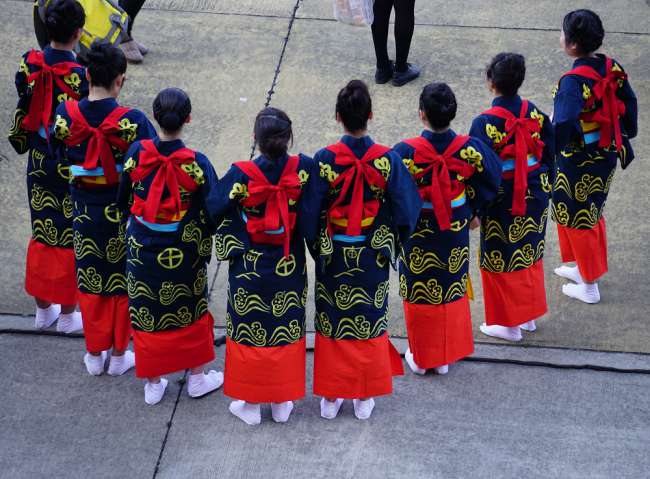
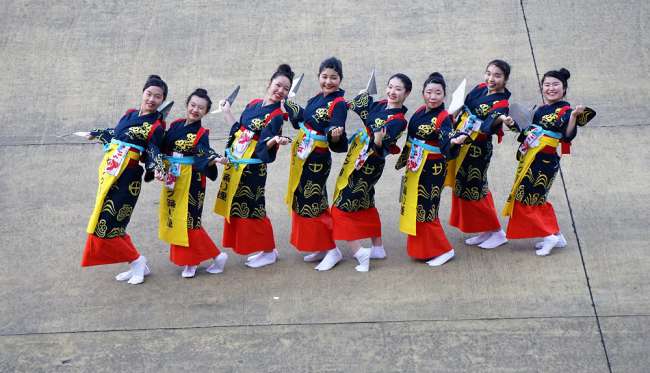
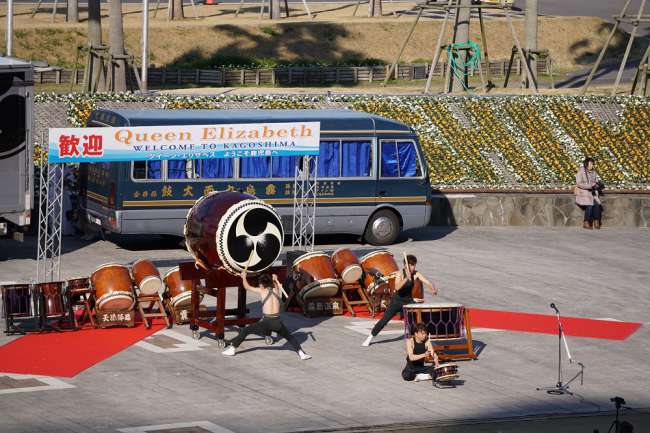
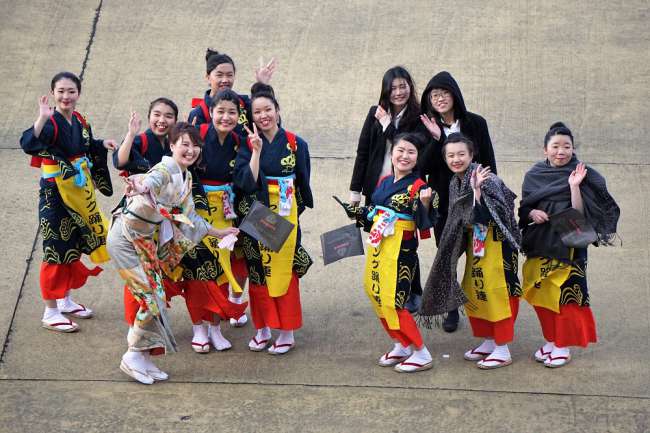
訂閱時事通訊
Unfortuantely, the internet connection is currently very bad, sometimes not working at all, as officially announced by the ship's management. So, I always hope that it will somehow work and I can't explain why it works worse in this region than in even more remote areas. So here are some impressions of Japan:
Not only because of the 6 different places I visit on my trip to Japan, but also because of the 850 Japanese people on board, I learn a lot about this country. The Japanese are extremely polite people, which is expressed in their bows and smiles. Here on board they dress very stylishly, sometimes with hats when it's still a bit colder outside, and in the evenings you can see the most beautiful evening gowns or very beautiful and valuable kimonos. It looks magnificent. They really value beautiful clothing. Last night was a formal evening and at the same time a Japan-themed evening, so I put on my Japanese outfit that I bought for this trip, a kind of simple kimono. I was very surprised by the reaction of the Japanese, because wherever I went, I was immediately surrounded by them, they applauded and were very excited. Unfortunately, I couldn't understand what they were saying, but they seemed genuinely happy that I was wearing "their" traditional dress. I didn't expect that at all.
My tour guides on the tours are not as difficult as the first one in Okinawa. The one from Kagoshima held up a piece of paper right at the beginning with the word "genko" on it, explaining that it means "energetic". Since she herself is "genko", she expects the same from us. So she made it clear in a diplomatic way that we shouldn't walk slowly. So she had the reins in her hands in a nice way. Everyone who goes on excursions has the special experience with the tour guides. One of my acquaintances told me that on her trip with the bullet train (which is the Japanese high-speed train), the tour guide asked her if she had already been to the toilet, which she found a bit strange when she was then asked to go. We also had that on the bus: Everyone has to go to the toilet as a collective event! In the toilets, the next shock awaited us: nice and clean toilets, but there are so many buttons that you despairingly look for the flush and can't find it. Only a sound of water with psychedelic sounds can be heard, but there is no water in sight. The Japanese are embarrassed to hear their own toilet noises, so they are drowned out by noise by pressing a button, a fairly new invention, because before, the flush was pressed multiple times and a lot of water was wasted. We haven't yet figured out what all the other buttons are useful for, only for example, one of the buttons releases a burst of perfume or disinfectant. So everything is different here, but very amusing.
The welcome and farewell ceremonies for our ship are very hospitable. They really put on a show. In Kobe and Kagoshima, boats with water fountains welcomed us upon arrival, along with musical bands, and in the arrival hall of Kobe, a very modern terminal resembling an airport, we received small gifts from 4 beautiful young girls. Beautiful flower arrangements everywhere and when I photographed some of the Ikebana arrangements, an older woman came up to me and thanked me for photographing her arrangements. Luckily, I understood the word "arigato go-zai-mass" for "thank you very much". After the visit of the official politicians of the city, both from Kobe and Kagoshima, including the exchange of gifts with our captain, we departed from Kobe late at night with lively music and even fireworks. In Kagoshima, music and dance groups in their beautiful costumes were present all day long at the quay and the kimono women never grew tired of posing for photos and smiling. In addition, many Japanese had already appeared at the very beautifully situated pier, surrounded by a small park, with children and picnic baskets, to witness the departure in the evening. So everywhere a very warm welcome or a grand farewell scenario.
The cities differ quite significantly from each other. Kobe is a very modern city with a well-developed transportation network, including an automated, unmanned monorail train. The city was completely rebuilt after the terrible earthquake of 1995 and is therefore very modern. The highway connection to other cities is also up to date, with curved noise barriers, so that you drive through it like through a semi-open tube. Due to the many mountains, there are also modern tunnel systems.
At first glance, Kyoto appears modern as well, with its futuristic train station (built in 1997) for the bullet trains, but upon closer inspection, there are still many old and simple houses amidst the high-rise buildings. However, Kyoto offers impressive historical treasures, such as the former palace complex with wonderful wall paintings, built when Kyoto was still the capital of Japan (until 1869, when it became Tokyo). Equally beautiful is the large five-story Ninna-ji temple or rather pagoda, surrounded by cherry trees, but unfortunately they were not yet in bloom.
But the most beautiful thing was the garden with the Golden Pavilion, which as a Buddhist temple preserves the ashes of Buddha as a sanctuary. The three-story building is actually gilded with gold leaf and has a bronze statue of a phoenix on the roof. The reflection in the large pond and the wonderful garden with its winding paths and shaped shrubs and trees are beautiful at any time of the year. This place is particularly popular in autumn and winter with snow. I hope my photos give a small impression of the beauty.
I found Kagoshima particularly beautiful, which is also called the "Naples of Asia" and is really reminiscent of Naples and Mount Vesuvius because of the large bay and the Sakurajima volcano. The volcano is still active (last eruption was in 1914), but the city suffers from volcanic ash during smaller eruptions and a smoke cloud often comes out of the crater. But during my visit, the volcano seemed calm, which I didn't mind. The almost majestic-looking volcano towers over the whole city and there are several vantage points from which a possible eruption could be seen from a distance of 3 km.
Otherwise, Kagoshima stands for the former birthplace and place of activity of the last samurai, who came from the ruling Shimazu family, which ruled Japan as a dynasty for almost 700 years. The last samurai, Saigo Takamori, is still highly revered to this day. Therefore, at the foot of Shiroyama Park, a statue of him has been erected and a memorial site at the place where he committed suicide according to the code of honor, after the last battle of the Satsuma Rebellion was lost in 1877. Maybe someone has seen the movie "The Last Samurai" with Tom Cruise, which deals with the conflict of the samurai with the Japanese emperor and his followers.
I really liked Kagoshima because of the beautiful parks and many flower plantings in the middle of the city. Everything looked very well-maintained and modern.
After so much Japanese beauty, there is now a short break in South Korea, in Busan, before returning to Japan, then to Hiroshima, Kochi and again Kobe.
Best regards
Eva
訂閱時事通訊
回答
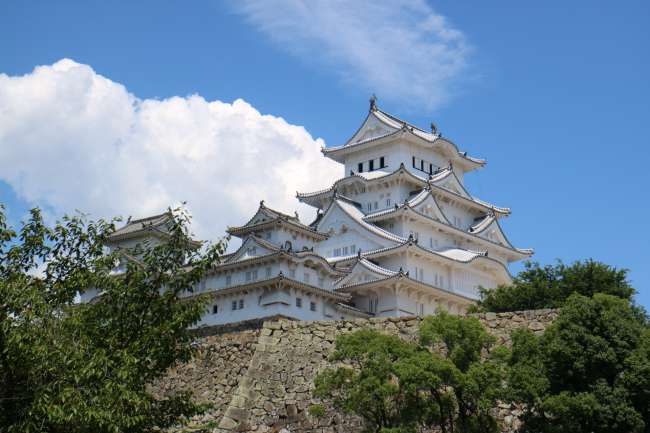
旅遊報告日本
